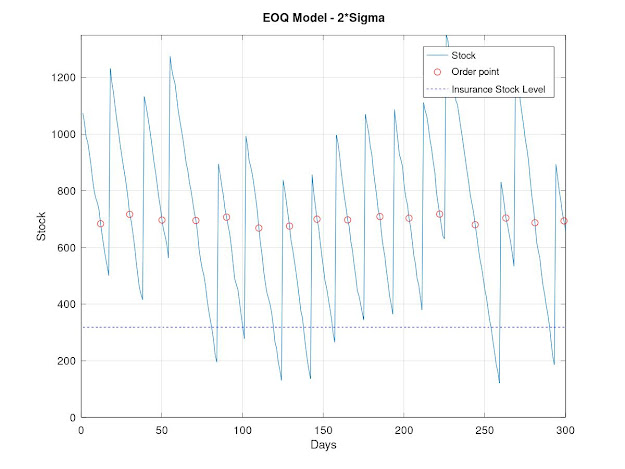Exam - BARTON COLLEGE PRACTICE PLACEMENT TEST
Execise 1
Simplify:

a) 4
b) ‐4
c) 12
d) ‐10.5
Solution
The order of mathematical action are:
Power & Roots
Multiplication & Division
Addition $ Substration
So we solve the according the following rule:

The correct answer is c.
Execise 2
Simplify: (2a – 4) + 2(a – 5) – 3(a+1)
a) 7a – 11
b) a – 17
c) a – 11
d) 7a ‐17
Solution
(2a – 4) + 2(a – 5) – 3(a+1)=
2a - 4 + 2a - 10 - 3a - 3 =
2a + 2a - 3a -4 -10 -3 =
a -17
The correct answer is b.
Execise 3
Evaluate the expression:

, when a = 2 and b = 5
a) ‐14
b) 1
c) 66
d) 81
Solution
we substitute a = 2 , b = 5 at the expression : 

The correct answer is b.
Execise 4
Firefighters use the formula S = 0.5P + 26 to compute the horizontal range S in feet of water from a particular hose, where P is the nozzle pressure in pounds. Find the horizontal range if pressure is 90 lb.
a) 44 feet
b) 450 feet
c) 19 feet
d) 71 feet
Solution
We substitute P = 90 lb at the formula S = 0.5P + 26.
S = 0.5*90 + 26 = 45 + 26 = 71
The correct answer is d.






